Part 1…
We seldom pay attention to the bodies we inhabit until they no longer do what we want them to, or we finally acknowledge there is something that hurts…most often it is lumbar, neck, shoulder, wrist, hip or knee. What happened? It seems like overnight, we are no longer in the same body.
When did the change begin? And why?
For some of us, it began with a birth defect. Not every birth defect is a highly visible condition. I discovered only a few years ago that my high-arched feet…”Oh, look what beautiful dancer’s feet you have!”…are considered to be a birth defect. I found that the eight serious sprains I had experienced in my right ankle, two in my left, and three knee injuries on my right leg (the first at 10 years of age) are normal for people with high arches. We don’t have the stable base of a foot in solid contact with the ground. Problems with that knee plagued me until just a few years ago.
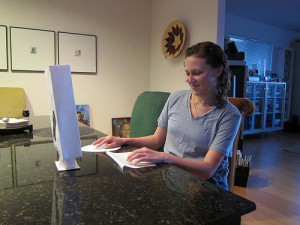
Nothing ergonomic here...posture, height, mouse
Injuries play their role. It is more than the site of the injury…which usually gets immediate attention. What is overlooked are the tiny misalignments all over that can result when a body is thrown in a fall, a car accident, or by a heavy blow. Often, these misalignments are so small that we barely notice that they restrict us, until possibly years later.
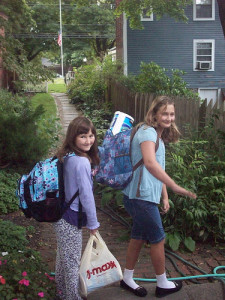
Back to School with all of our Books
Our social institutions and rules play their part, too. We are popped into little chairs at an early age for hours at a time, when what our bodies want (and need) to do is be able to move freely. How we sit, stand, walk, behave at the table are prescribed by our society. Often what is acceptable behavior restricts a full range of motion needed for a healthy body…”keep your knees together; that’s not ladylike.”
The work we do, how we play, the furniture and equipment we use every day all can affect our bodies. Today there is more attention paid to ergonomics in the design of tools, chairs, cars, many of the items that we use, but far from all. Repetitive motion injuries such as carpal tunnel can result from poor equipment design, poor posture, and poor use of the body…not taking breaks or stretching periodically to relieve tension.
Culture plays its part as well. Of course, historically there were atrocities committed in the name of beauty, role and position…the bound feet of China, for example. Those extremes are not so obvious today, but there are other pressures. The demand for excellence at school pushes youngsters in many places to haul heavy book bags back and forth to school every day. There is growing concern that these bags are damaging young, growing backs and bodies. In France, they were banned 1995, allowing not more than 10% of the child’s weight. Heavy shoulder purses are a standard part of most Western women’s lives, throwing the entire system out of alignment. Could this lead to the high levels of scoliosis I see in my classes? Living up to the role assumed by many men as provider and family leader, can be seen in their carriage as they lift their shoulders to gird up for the job and don’t let them down. While it is changing now, in very recent generations, young girls who were tall did everything to appear shorter leading to many skeletal problems. And those with large breasts hid them between curved shoulders. A lifetime of these postures leaves deep marks in the structural and connective systems.
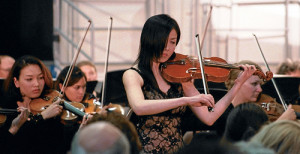
Years of practice to control her neck, shoulder, wrist to create beautiful sounds, but at what price
And finally the subtle print of emotional pressures on the body. The attempt to become invisible by shrinking and drawing the head and chest in. The bully’s swagger and defensive body language. The response of the body to raised voices, angry situations, or threats that ignite old injuries of the psyche. All of these response patterns are carried in the structure as tension that misshapes the body’s natural form and movement, becoming a part of our identity.
The trained eye can see in a body and the way it moves, its history, joy, sadness, lifestyle, traumas—what it has done or not done and perhaps where it has been.
Those are ways we each have come to live in the body we posses. But there are more chapters to this story…the internal processes at work and avenues to regain free movement.
Photo credits: Neeta Lind, mia3mom, and Darin Barry

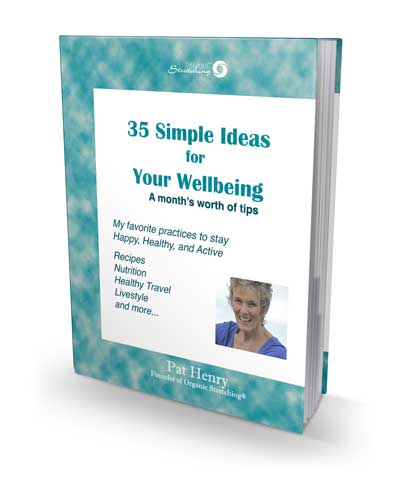

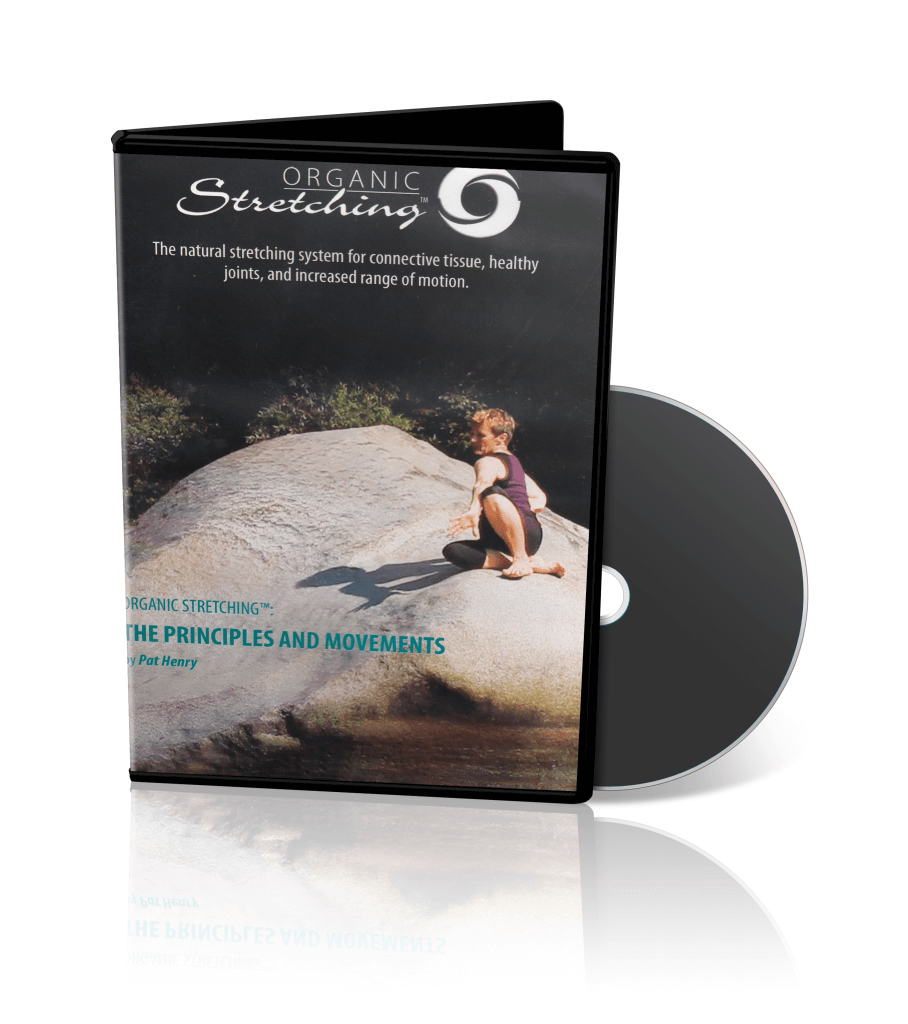
Hello! I’m a massage therapist and I just stumbled onto your blog.
I really like what you have to say about what leads to physical pain. Many people feel that physical symptoms are the first sign that something is wrong, rather than recognizing that symptoms are the last. I am looking forward to reading the rest of your thoughts.
Thank you for your comment, Natalie. The other common misconception is that the solution is at the site of the pain, when it is most likely somewhere else. I’d love to stay in touch.